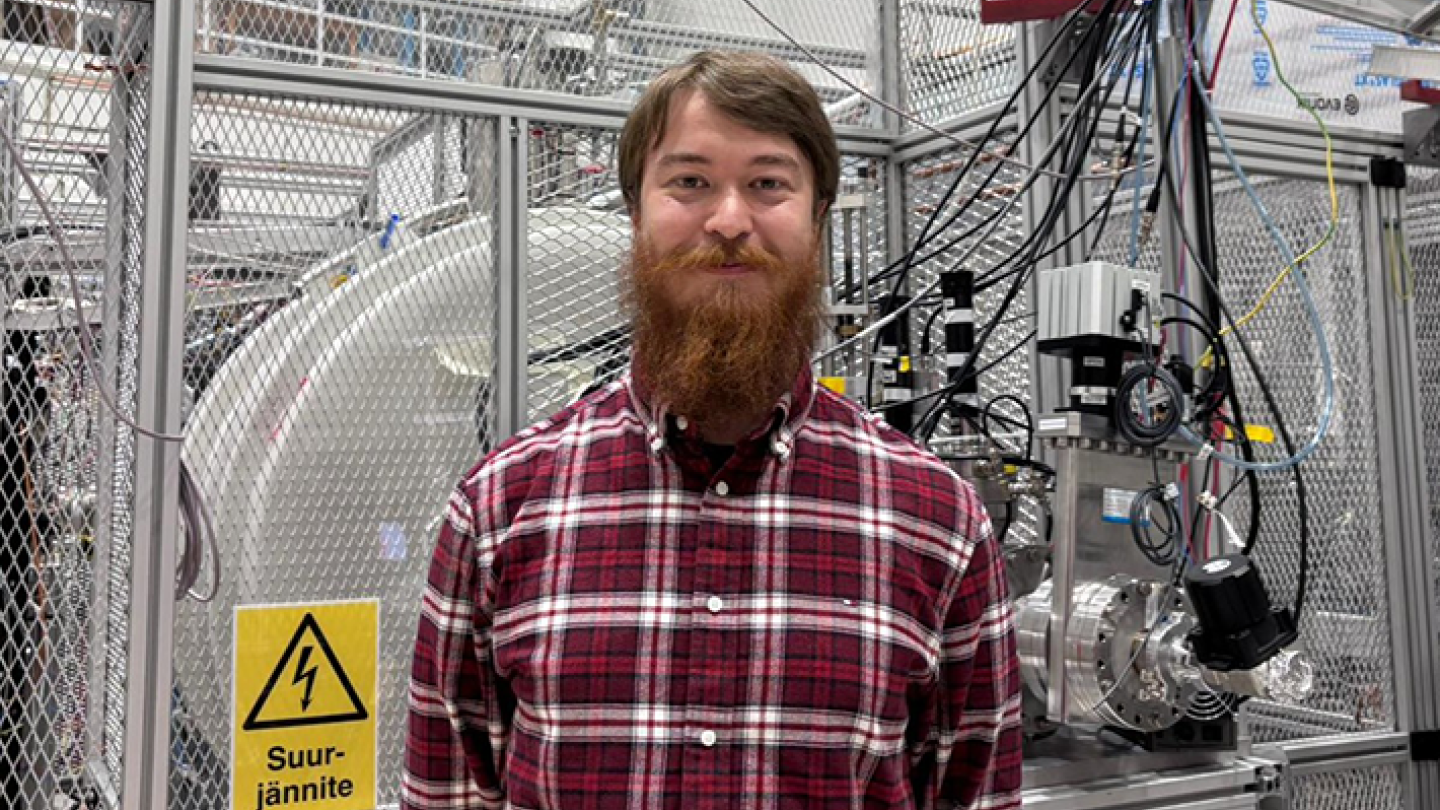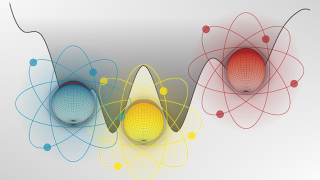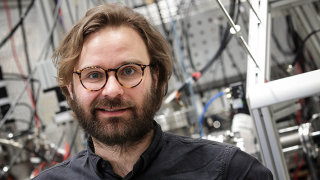Dissertation: High-precision measurements made in the Accelerator Laboratory reveal the energies of nuclear decays (Ruotsalainen)

Neutrinos are very common fundamental particles included in the Standard Model of particle physics. Measuring their properties allows for creating more accurate models of the birth of the Universe, the life of stars and the interactions between fundamental particles. Some of the open questions include the absolute mass of the neutrino and whether neutrinos are their own antiparticles.
- The mass and the antiparticle nature of neutrinos can be studied by measuring the radioactive beta and double-beta decays of atomic nuclei. There are likely some tens of suitable nuclei for such studies. The energy released in the decay, called the Q value, affects whether a nucleus can be used in the studies, says Doctoral Researcher Jouni Ruotsalainen from University of Jyväskylä.
Q-value measurements with the JYFLTRAP Penning trap
In his PhD thesis work, Jouni Ruotsalainen determined the Q values of two double-beta decaying and one beta decaying nucleus. For this purpose, he measured the mass difference of the decay parent and daughter nuclei using the JYFLTRAP double-Penning trap, located in the Accelerator laboratory of the University of Jyväskylä.
- In the strong magnetic field of the trap, the nucleus moves in a circular path. By measuring the revolution frequencies of two nuclei using the phase-imaging ion-cyclotron-resonance method, we could determine the relative mass difference with a precision of better than one part in a billion. The precision we can achieve is world-class, states Ruotsalainen.
The suitability of the nuclei for neutrino studies
Using the measured Q values, half-lives for the decays were calculated in collaboration with the nuclear theory group at the University of Jyväskylä. Since the half-lives of these decays are typically long, the calculated half-lives are used to determine the number of decays that could be observed in a future experiment aiming to determine the mass of the neutrino.
- The half-lives of the double-beta decaying nuclei measured in this work are so long that not enough decays can be observed to determine the mass of the neutrino or its antiparticle nature in a sensible timeframe. However, the calculated beta decay half-life of the isomer of the silver-110 isotope, along with its other properties, make it an excellent candidate for a neutrino mass measurement, explains Ruotsalainen.
M.Sc Jouni Ruotsalainen defends his doctoral dissertation "High-precision Q-value measurements for neutrino physics using the JYFLTRAP Penning trap” on Friday 10.10.2025 at 12 o’clock in Ylistönrinne auditorium FYS1. Opponent is Professor Lutz Schweikhard (Universität Greifswald) and custos is Professor Anu Kankainen. The language of the event is English.
The dissertation "High-precision Q-value measurements for neutrino physics using the JYFLTRAP Penning trap” is available in the JYX publication archive: https://jyx.jyu.fi/jyx/Record/jyx_123456789_105918?sid=209573720






